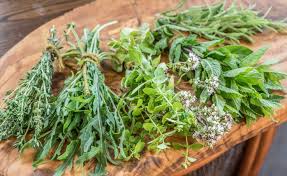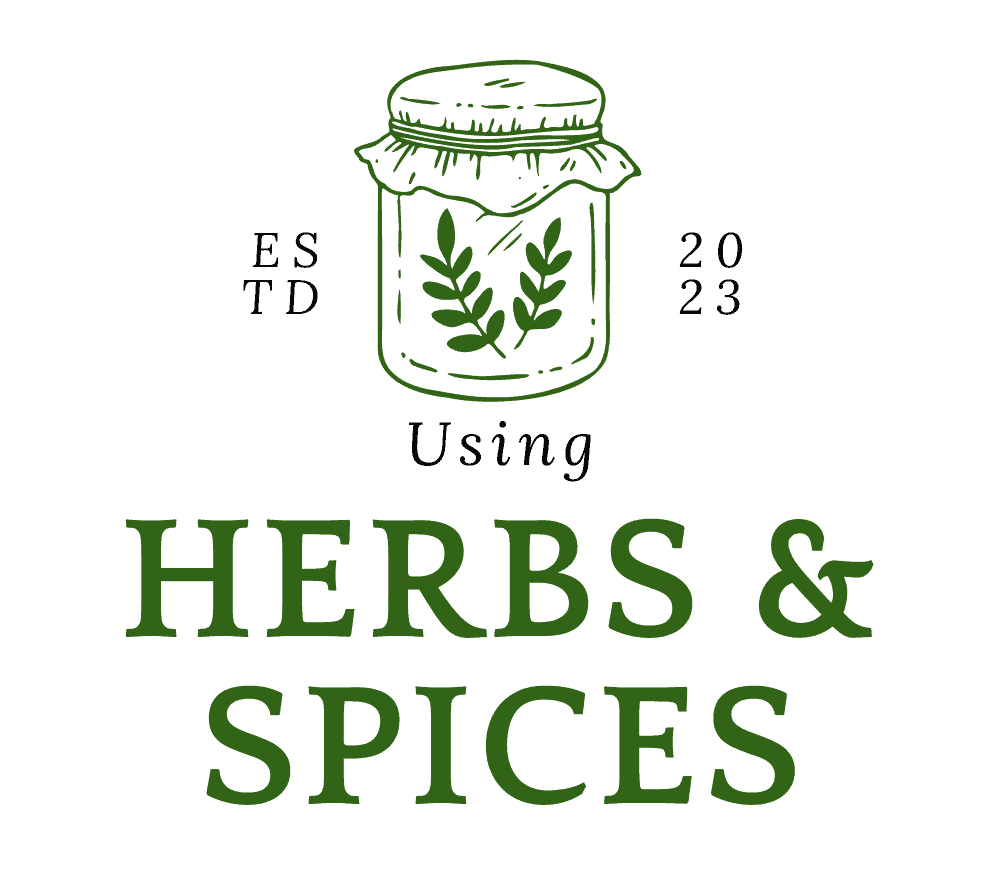SUMMARY: Dry herbs last longer than fresh, needing cool, dark storage to keep their flavor. Fresh herbs, however, spoil quicker and require refrigeration to extend their shelf life.
Ever wondered why your herbs lose flavor or go bad so quickly?

Understanding the shelf life differences between dry and fresh herbs can solve that mystery.
- The basics of herb preservation
- Optimal conditions for storing dry herbs
- How to extend the freshness of your herbs
- Direct comparison: the longevity of dry vs. fresh herbs
Keep reading to empower your culinary creations and minimize waste by making more informed decisions about your herbs.
The Basics of Herb Preservation
Preserving herbs properly is crucial in extending their shelf life, retaining flavor, and ensuring they’re ready to add a burst of freshness or depth of flavor to your dishes when needed. The art of preservation involves several techniques, each suited to different types of herbs and culinary uses.
Drying is perhaps the most traditional method, reducing moisture content to inhibit the growth of bacteria and mold. Freezing offers another way to preserve herbs, particularly those that don’t dry well, locking in flavor and freshness. Modern methods, such as vacuum sealing, can also play a role in extending the life of both fresh and dried herbs.
Regardless of the method chosen, the goal remains the same: to maintain the herbs’ essential qualities for as long as possible. By understanding these basic principles, you can ensure your herbs remain potent and flavorful, ready to elevate your cooking at a moment’s notice.
Shelf Life of Dry Herbs
The longevity of dry herbs is often underestimated. When stored properly in airtight containers away from heat, light, and moisture, dry herbs can retain flavor and potency for 1 to 3 years. The key factors affecting the shelf life of these botanicals include the herb type, the dryness level at the time of storage, and the storage conditions. Herbs that are very dry and brittle, with minimal residual moisture, are less likely to host microbial growth, thereby extending their shelf life.
To ensure your dry herbs last as long as possible, store them in a cool, dark place. A kitchen cupboard away from the stove or any heat-generating appliances is ideal. Use glass or ceramic containers with tight-fitting lids to prevent the ingress of moisture and other contaminants. It’s also beneficial to label your containers with the date of storage to keep track of their freshness. Indications that dry herbs have surpassed their peak include noticeable fading of color, diminished aroma, and a lack of flavor when sampled. Once these signs appear, it’s advisable to replace the herb to maintain the integrity of your dishes.
Shelf Life of Fresh Herbs
Fresh herbs, with their vibrant colors and aromas, bring life to any dish. However, their shelf life is considerably shorter compared to dry herbs. Generally, fresh herbs can last from a few days up to two weeks when properly stored in the refrigerator. The key to prolonging their freshness lies in maintaining proper moisture levels and minimizing exposure to air.
To extend the life of fresh herbs, wrap them in a damp paper towel and place them inside a plastic bag before refrigerating. This method keeps them hydrated yet prevents excess moisture, which can lead to mold and decay. For some herbs like basil, storing them at room temperature with their stems in water, similar to a bouquet of flowers, might be more effective.
Signs that fresh herbs have begun to spoil include dark spots, a slimy texture, and a significant decrease in aroma. If you notice these signs, it’s best to discard the herbs to avoid diminishing the quality of your dishes or risking foodborne illness.
Mindful handling from purchase to storage can significantly impact the shelf life of fresh herbs. Therefore, buying fresh herbs closer to when you plan to use them and storing them properly upon returning home will ensure that you reap the maximum flavor and nutritional benefits they have to offer.
Comparing Shelf Lives: Dry Vs Fresh
When deciding between dry and fresh herbs, understanding their respective shelf lives is crucial for both culinary effectiveness and reducing waste. Dry herbs, known for their concentrated flavors, boast a significantly longer shelf life, often lasting up to three years under optimal storage conditions. This longevity is due to the dehydration process they undergo, which reduces their moisture content – a primary cause of spoilage.
In contrast, fresh herbs present a burst of flavor but have a notably shorter shelf life, typically ranging from a few days to two weeks when stored correctly in the refrigerator. Their high moisture content makes them more susceptible to mold, yeast, and bacteria growth.
The choice between dry and fresh herbs can depend on the intended use and the specific requirements of a recipe. Dry herbs are ideal for slow-cooking dishes where they have time to rehydrate and infuse the dish with flavor. On the other hand, fresh herbs are best suited for fresh applications or adding at the end of the cooking process, as they provide a bright, clean flavor.
Investing in the right type of herb based on its application not only ensures the best outcome for your dishes but also aids in managing food waste and cost-effectiveness through informed purchasing decisions.
Maximizing Herb Shelf Life: Fresh vs. Dry Essentials
To encapsulate the essence of our exploration into the shelf life of herbs, here are the pivotal takeaways that can significantly elevate your culinary practice while minimizing waste:
- Understanding the fundamental differences in preservation techniques is crucial for maximizing the shelf life of both dry and fresh herbs.
- Dry herbs typically boast a longer shelf life than their fresh counterparts, owing to their reduced moisture content and proper storage conditions.
- Optimal storage of fresh herbs involves refrigeration and ensuring they are kept dry until use, whereas dry herbs thrive in cool, dark, and dry spaces.
- The signs of degradation in herbs vary; however, discoloration, a musty smell, or loss of aroma and flavor are clear indicators.
- Choosing between dry and fresh herbs can affect the taste and nutritional value of your dishes, with each having its specific applications in cooking.
- Implementing proper preservation strategies, like freezing fresh herbs or storing dry herbs in airtight containers, can significantly extend their usability.
- Knowing how to spot spoilage and understanding the shelf life of herbs can lead to better resource management and less food waste.
Armed with these insights, it’s clear that recognizing the shelf life differences between dry and fresh herbs is not just about prolonging their use but also about enhancing the flavor, nutrition, and overall success of your culinary endeavors.
Herbs: Shelf Life Differences Explained FAQs
What is the average shelf life of dry herbs?
The average shelf life of dry herbs can extend up to 1-3 years when stored properly. Optimal conditions include keeping them in a cool, dark, and dry place, away from direct sunlight and moisture, to preserve their aroma and potency. However, it is always best to perform a sensory check for freshness before use.
How can I tell if my fresh herbs have gone bad?
Fresh herbs have gone bad when they display signs of wilting, mold growth, or an unpleasant odor. Discoloration and a slimy texture are also indicators of spoilage. If your herbs exhibit any of these characteristics, it’s best to discard them to avoid compromising the flavor of your dishes.
Do freezing herbs extend their shelf life?
Yes, freezing herbs can significantly extend their shelf life. This method is especially effective for fresh herbs, which can be chopped and frozen in an airtight container or ice cube tray with water, olive oil, or stock. Frozen herbs can last several months and offer a convenient way to preserve their freshness and flavor.
Are there any herbs that are better used fresh than dry?
Certain herbs, such as basil, cilantro, and parsley, are often preferred fresh because their flavors can be more vibrant and distinct compared to their dried counterparts. Fresh herbs are typically added towards the end of cooking or as a garnish to maximize their flavor, while dried herbs are better suited for longer cooking processes.
